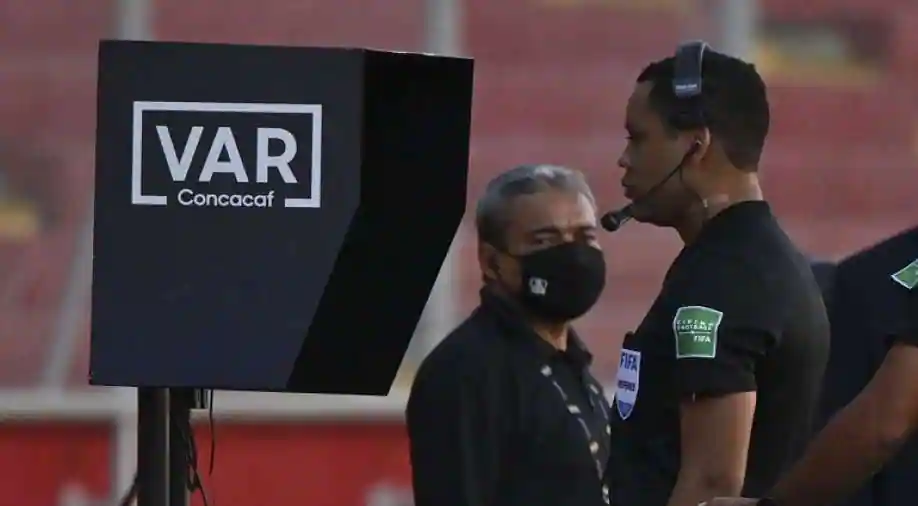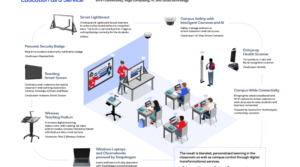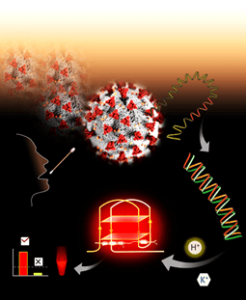
FIFA hopes semi-automated offside technology will boost VAR and offer clarity to fans
FIFA hopes that the launch of the semi-automatic offside technology is being tested at the Club World Cup will not only accelerate decision making but offer increased clarity for football supporters.
The optical tracking system was first tested at the Arab Cup last year in Qatar, and the main goal was to be fully used for the World Cup in the Gulf State this year.
Pierluigi Collina, Chair of the FIFA referee committee, on Wednesday told VAR reporters has proven “very successful” since being introduced but conceding more consistency is needed.
“Not yet at the moment, it is very top … the same decision-making process. Historic and accurate does not work together,” Collina said at the Club World Cup in Abu Dhabi.
“Very important video officials get accurate decisions, but we realize we need to reduce time, especially with offside.”
“Sometimes it takes a little longer to assess the offside decision, especially in a very strict incident,” he said.
“The aim is celebrated, everyone waits and then there are goals that are prohibited, or vice versa … and then after a long time there is a final decision.”
Data-driven, limb tracking technology depends on a series of special cameras and broadcast cameras around the stadium to provide the right position of the player on the pitch, offering the right information referee in seconds.
To provide an increase in accuracy, the current system produces 18 data points per player – track various parts of the body to create a framework model, three dimensions.
The aim is to increase it to 29 for the World Cup to provide further precision, according to the Head of Football Technology in FIFA, Sebastian Runge.
After the final decision is made, artificial intelligence-based technology changes images into 3D animations that can be displayed on the big screen on the ground.
“By taking the data, we can enter the 3D world and we can create animations, which can explain perfectly whether the players are on the edge, how many players are offside or on the side,” Runge said.
“We put it in the animation to be shared with our TV and giant screen operators and we can tell the audience in a more clear way about offside and onside decisions.”
More than just a robot
Apart from the influence of developing technology, FIFA insisted, match officials would always make the last call.
Special VAR assistants are responsible for monitoring offside, checking incidents when they occur than waiting for termination in play.
Assistant told the main VAR official, which made a decision and then spoke to the referee.
“I know that someone calls it ‘Robot Offside’; no. This technology is just a tool used by humans,” Collina said.
“The referee and assistant referee are still responsible for decisions about the game field. This technology only gives them valued support to make decisions more accurate and faster.”
Collina uses examples of goals ruled out for offside in the semifinal victory 2-0 Palmeiras over Al Ahly on Tuesday as an area where more can be fully informed.
“We are discussing before how to get the attention of people at the stadium because if you don’t know (animation) will come … You don’t see the giant screen,” he said.
“It’s impossible to get this picture in the termination of the same game. It takes around 30 seconds, that’s why it is displayed in the termination of the next game.



Average Rating